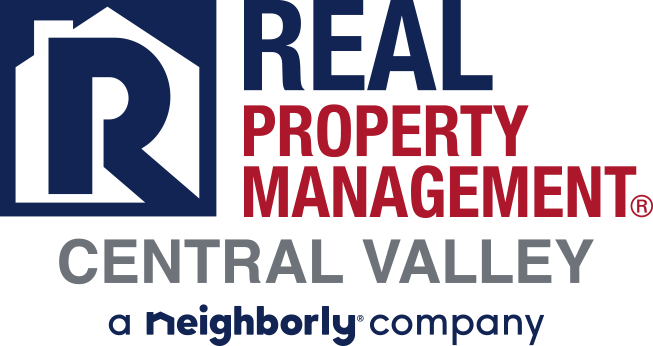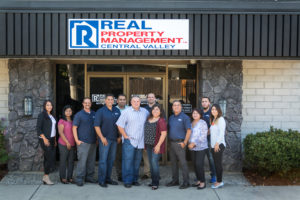Tips For Making Money As A Landlord

Are you thinking about buying rental property in the Central Valley? If so, you’ve come to the right place! In this article, we will share with you tips you can use for making money as a landlord.
Find The Right Rental Property
Start your search for a property by identifying an economically stable neighborhood where you can reasonably expect long-term price appreciation, recommends Robin Voreis, a real estate agent in Minneapolis who owns half a dozen residential investment properties with her husband, Aaron. Voreis, who advised the Zibleys, helps clients find homes to buy and rent out.
To ensure a large, consistent pool of tenants, Voreis buys in the entry-level price range, which is $300,000 or less in her market. She says that the bigger and more expensive the house, the harder it is to find tenants because, at that level, people are more likely to buy their own home or want only a short-term rental. Plus, a cheaper property will sell more easily and quickly when she’s ready to let it go.
Single-family homes generally have the widest appeal. Condos, in addition to charging monthly homeowners association fees, may prohibit rentals within the first year of ownership and may limit the number of rentals to avoid a transient feeling, says Dawn Rae, an exclusive buyer’s agent in Tampa, Florida. It can also be harder to get a mortgage on a condo.
How much it costs to fix up a house is less important than what it will be worth afterward, says Voreis. For example, if she can buy a house for $100,000 that needs $25,000 worth of work but will be worth $150,000 afterward, that’s a better deal than a house that costs $140,000 and needs $10,000 of work but will be worth only $150,000 afterward.
For any property you’re seriously considering, it’s worth the $250 to $450 for a home inspection to find problems, as well as identify components and systems that work now but may need to be replaced in the near future. Before the Zibleys closed on their townhouse, they got a home inspection, which turned up a few things the seller fixed free.
Make Sure The Rental Makes Financial Sense
When you invest in a rental property, the goal is to make a profit using other people’s money. That means you put down as little of your own money as you can, borrow the rest and let the tenants pay the mortgage, says Voreis.
Being successful can mean different things to different investors. For some, it’s all about positive cash flow: If rent minus all expenses, including a management fee and a reserve fund for vacancies, yields a few hundred dollars a month, the transaction is a go. Other investors are content to break even every month and wait for the home to appreciate.
Cheap money will help boost the bottom line. The interest rate for a mortgage on an investment property is about one-half to three-fourths of a percentage point more than lenders charge for a mortgage on a primary residence or vacation home (recently averaging 3.7% for a 30-year fixed-rate loan). If you choose an adjustable-rate mortgage, the bar will be higher for your down payment and credit score.
You can get a conventional mortgage backed by Fannie Mae or Freddie Mac for an investment property with four or fewer units. For a property with one unit, Fannie and Freddie require a minimum down payment from your own funds (not a gift) of 15%. As a practical matter, however, lenders will require a minimum of 20% down because private mortgage insurance isn’t available for investment properties. The minimum down payment on a property with two to four units is 25%.
The biggest hurdle for most first-time investors is meeting the requirement for debt-to-income ratio, says Josh Moffitt, president of Silverton Mortgage, in Atlanta. Your total mortgage debt, including any outstanding debt on your own home, can’t exceed 36% to 45% of your gross income. If you can meet that requirement without including projected rental income, no problem. However, if you need rent to qualify but you lack experience as a landlord or the house has no history as a rental, then you must provide the lender with proof that you’ll receive the required income. If the home is already rented out, lenders can accept a signed, current lease agreement from the seller with no contingencies about the sale. If the home is not rented out, a market-rent analysis from an appraiser may suffice. Lenders include just 75% of gross rents to account for the cost of ongoing maintenance and losses due to vacancy. You must also prove that you have reserves equal to at least six months of mortgage payments.
The Zibleys ran the numbers using Voreis’s rental calculator—an Excel spreadsheet that looks ahead for 10 years. They paid $160,000 for the house and closed on the purchase in August 2014. They put down 20% and took out an adjustable-rate mortgage with a rate of 3.75% fixed for the first five years to minimize the payments and improve cash flow.
Buying a home with two to four units and living in one of them offers advantages, says Voreis. You’ll need just one mortgage, which helps to overcome the debt-to-income hurdle. As an owner-occupant, you can get an FHA mortgage, which requires a minimum down payment of just 3.5%. And because the home has multiple units, a vacancy poses less risk to your income. If you have enough equity in your current home, you could take out a home-equity line of credit and borrow from it to buy a property. The downside is that your own home is on the line as collateral.
Get Property Management In Central Valley Here
For property management in the Central Valley contact RPM Central Valley today by calling us at (209) 572-2222 or click here to connect with us online.

